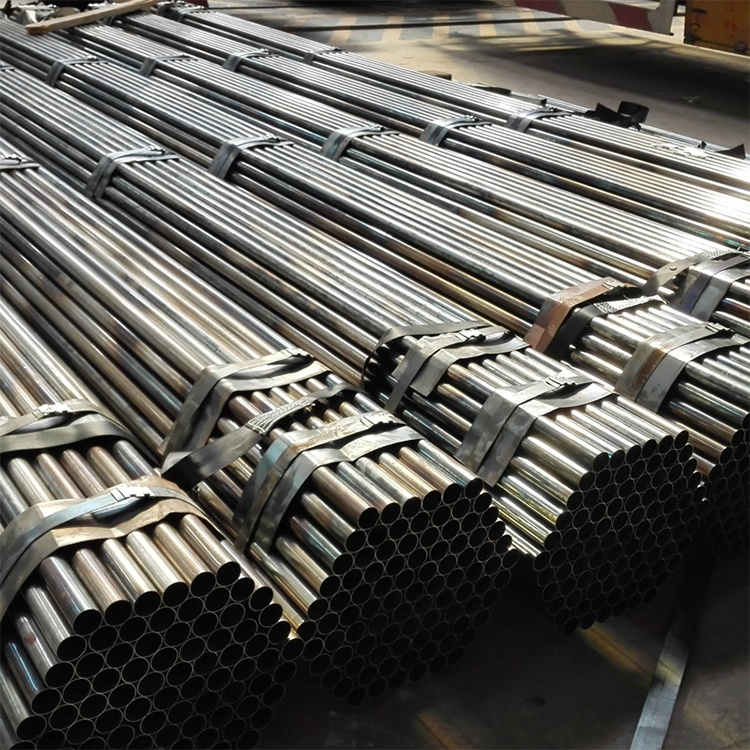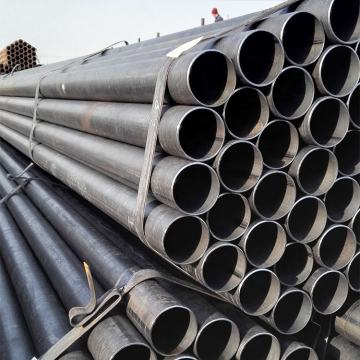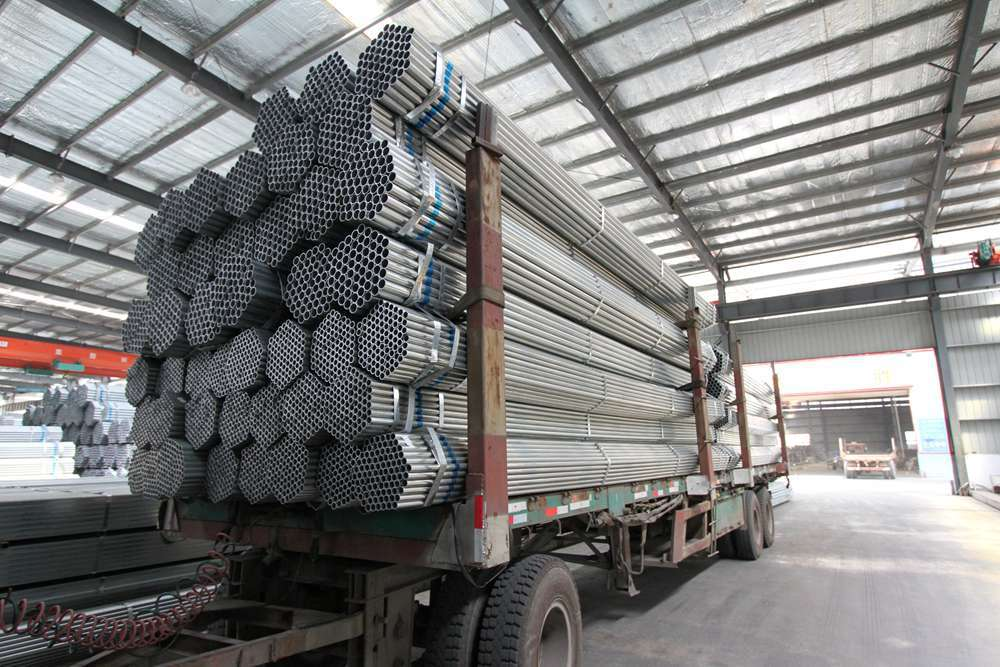INTRODUCTION
Welded pipe, also known as welded steel pipe, is a type of tubular product produced through various welding processes. It is distinguished from seamless pipe, which is manufactured through processes such as rolling, extrusion, and drawing. Welded pipes are widely used in various industries due to their cost-effectiveness, versatility, and ease of production.

APPLICATION
Welded pipes have a diverse range of applications across multiple industries:
Oil and Gas: Used for transportation of oil and natural gas.
Petrochemicals: Utilized in refining and processing plants.
Water Treatment: Employed in water distribution and treatment systems.
Civil Construction: Applied in structural and infrastructure projects.
Automotive: Used in automotive manufacturing for exhaust systems and other components.
Aerospace: Utilized in aircraft and spacecraft manufacturing due to their lightweight and strength.

ADVANTAGES
Welded pipes offer several advantages over seamless pipes:
Cost-Effectiveness: Welded pipes are generally less expensive to produce, making them more cost-effective for many applications.
Versatility: Welded pipes can be produced in a wide range of sizes, shapes, and materials, making them versatile for various uses.
Efficiency: Production processes for welded pipes are highly automated, resulting in high production rates and efficiency.
Strength and Durability: Properly welded pipes can achieve strength and durability comparable to seamless pipes.
CREDIT

TREND AND PROSPECT
The welded pipe industry is experiencing several trends and has a promising future:
Technological Advancements: Advancements in welding technology, such as laser welding and high-frequency welding, are improving the quality and efficiency of welded pipes.
Rising Demand: Increasing demand from emerging markets and industries such as renewable energy and infrastructure development is driving the growth of the welded pipe market.
Sustainability: Efforts to reduce waste and improve sustainability in manufacturing processes are leading to innovations in welded pipe production.
Quality Control: Advancements in quality control and inspection technologies are ensuring higher standards of quality and reliability in welded pipes.
The prospects for the welded pipe industry are bright, with continued growth expected in both developed and emerging markets.
CREDIT
INSPECTION STANDARD
Ensuring the quality and reliability of welded pipes involves strict inspection standards:
Visual Inspection: Visual inspection is conducted to check for any visible defects such as cracks, porosity, and inclusions.
Non-Destructive Testing (NDT): NDT methods such as ultrasonic testing, radiographic testing, and magnetic particle testing are used to detect internal and surface defects without damaging the pipe.
Mechanical Testing: Mechanical testing, including tensile testing, yield strength testing, and impact testing, is performed to evaluate the strength and durability of the welded pipe.
Chemical Analysis: Chemical analysis is conducted to verify the composition of the pipe material and ensure it meets specified standards.
Additionally, welded pipes may be subject to specific industry standards and regulations depending on their application and intended use. These standards and regulations are typically set by governing bodies and industry associations to ensure the safety and reliability of welded pipes in various applications.
In conclusion, welded pipes are an essential component in various industries due to their cost-effectiveness, versatility, and strength. With advancements in technology and rising demand, the welded pipe industry has a promising future. Strict inspection standards ensure the quality and reliability of these pipes, making them a trusted choice for many applications.
